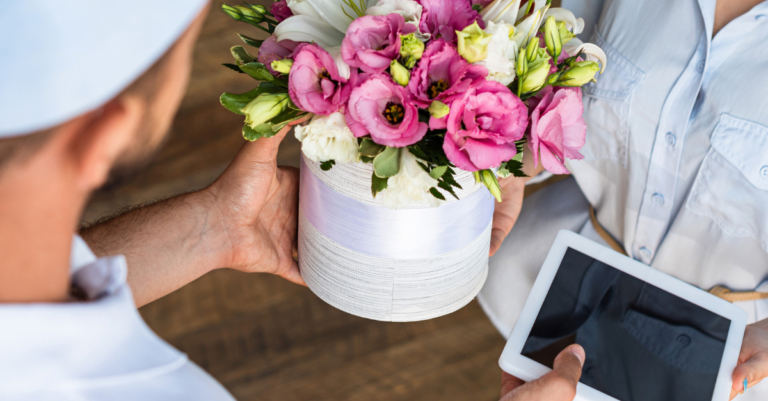February 14th is a major event in the logistics industry, and is the perfect opportunity for logistics providers to showcase their speed and efficiency, due to the time sensitive nature of delivering gifts, chocolates – and especially flowers.
Kenya is one of the leading exporters of fresh cut flowers in the world, providing over 50% of the flowers sold in Europe during Valentine’s Day. The flower industry in Kenya is an important source of income for many families and employs thousands of people. Flowers grown in Kenya include roses, carnations, lilies, and chrysanthemums, among others.
Every second flower you’ll buy comes from Kenya
The East-African country is one of the largest flower exporters of the continent and has a thriving flower industry. It has a favorable climate for flower cultivation and a large workforce skilled in horticulture, which has helped it to become a major player in the global flower market. The industry provides employment to many people, particularly women, and has helped to boost the country’s economy. However, the industry also faces challenges such as the rising cost of production and competition from other countries.
The logistics behind the transport of flowers
The logistics of transporting flowers for example from Kenya to Europe is a complex and delicate process. Flowers are perishable and require specific temperature and humidity conditions during transportation to preserve their quality and freshness. To ensure that the flowers reach their destination in good condition, the logistics process involves careful planning and coordination between the grower, exporter, and the shipping company.
In order to accommodate the high demand for flowers on Valentine’s Day, logistics companies typically need to increase their fleet and staff, and to ensure timely delivery, they also may need to employ advanced technology such as GPS tracking, real-time monitoring, and predictive analytics.
Additionally, many logistics providers will also use special packaging and transportation methods to keep roses and other perishable flowers fresh during transit.
Why is the delivery of flowers so special?
Delivering flowers can be delicate for several reasons:
Perishability
Flowers are perishable goods and their freshness and quality can be affected by a number of factors, including temperature, humidity, light, and handling. Once cut, flowers are living things that require proper care to maintain their freshness and beauty. This can be a challenge for logistics providers, as flowers may need to be transported over long distances and through different climates.
Fragility
Flowers are often fragile and delicate, and can be easily damaged during transit. If not handled properly, flowers can be crushed, bent or wilted.
Timing
Flowers, especially cut flowers are living things that have a limited shelf life, so it’s essential that they are delivered in a timely manner, this adds pressure to logistics providers to ensure that the flowers reach the recipients in good condition and in the shortest time possible.
Special Packaging
Due to the nature of flowers, special packaging is often required in order to protect the flowers during transit. Special containers, insulation and humidifiers are often used to maintain the optimal temperature and humidity levels required for different types of flowers.
Quality assurance
Flowers are highly valued as gifts, and therefore it’s critical that they are delivered in perfect condition and that they are as described. Logistics providers have to ensure that the right bouquet, right color and right arrangements are delivered, this adds an extra layer of complexity and requires proper tracking, communication and coordination with the flower shops.
All these factors make delivering flowers a delicate process that requires proper planning, handling and coordination by logistics providers, which requires the logistics provider to have specialized knowledge and experience in handling flower deliveries.

The journey of flowers from Kenya to Europe
The journey itself of flowers from Kenya to Europe starts with the grower, who harvests the flowers and packs them in temperature-controlled boxes. The flowers are then transported by truck to the airport, where they are loaded onto a flight. During the flight, the flowers are kept at the right temperature and humidity levels to preserve their freshness. Upon arrival in Europe, the flowers are inspected by customs, and then they are transported to the final destination, either a wholesaler or a retailer.
Conclusion
The transport of flowers from Kenya to Europe for Valentine’s Day is a crucial process that requires careful planning and coordination. The success of this process ensures that the flowers reach their destination in time and in good condition, allowing millions of people to express their love and affection on this special day. The next time you receive flowers on Valentine’s Day, take a moment to appreciate the journey they took to reach you and the intricate logistics behind their transport.
If you like to do business with our Kenyan colleagues, we are happy to help.









